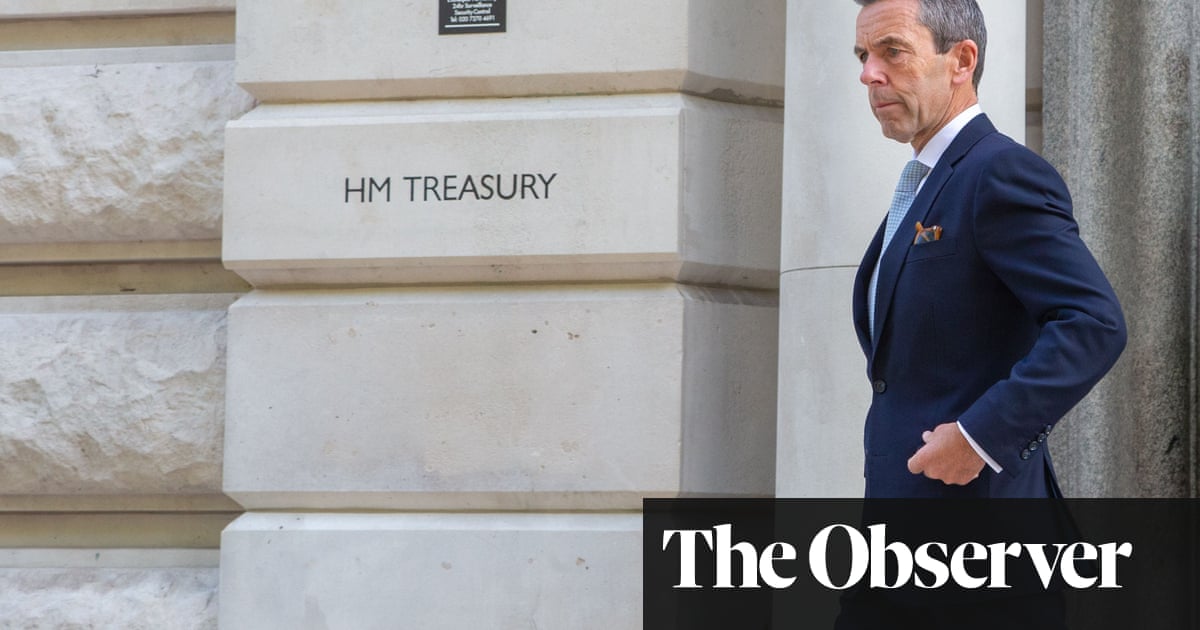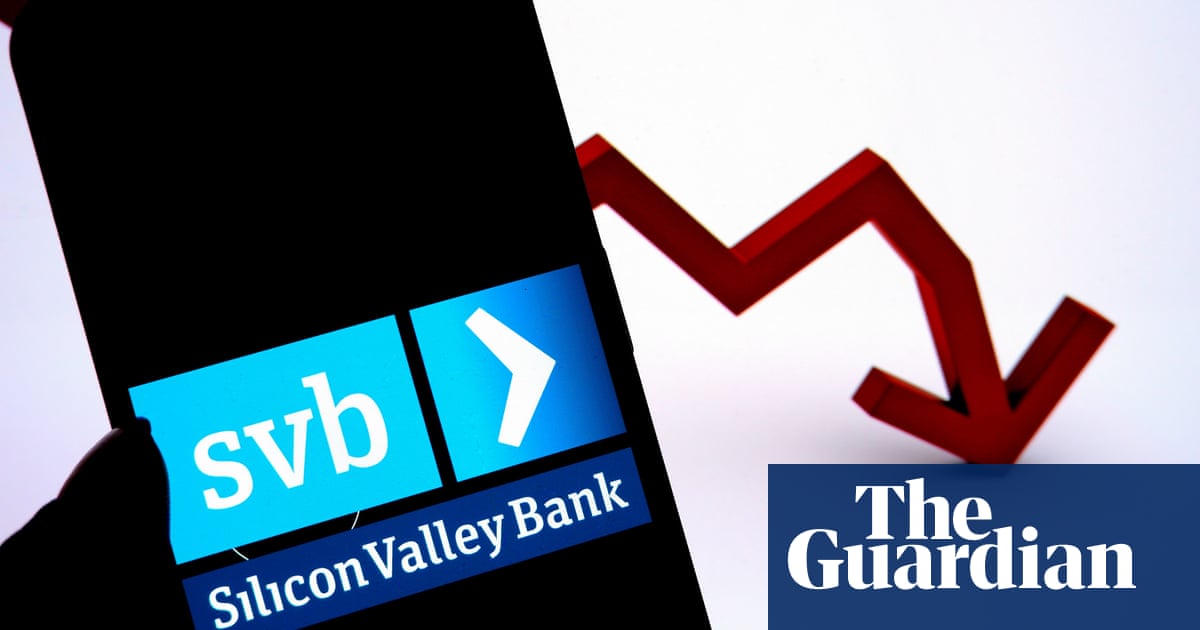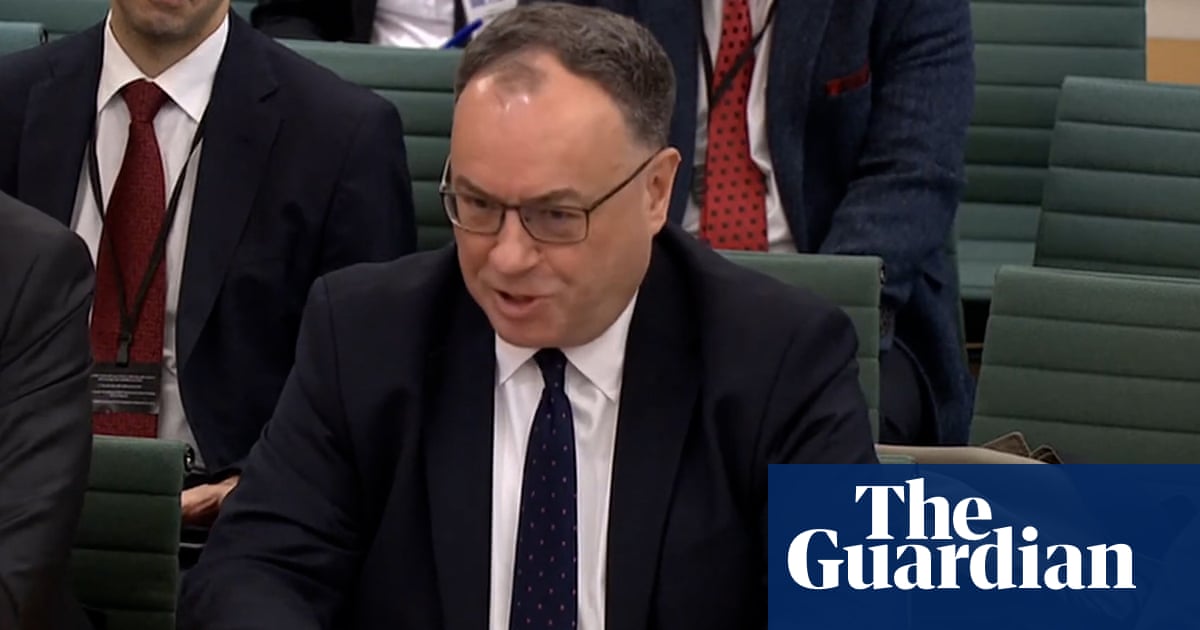
After a career of writing about bank failures, I wound up in the middle of one when my bank, Silicon Valley Bank, was seized by the Federal Deposit Insurance Corporation. On Saturday, when I tried to pay a bill online, I was greeted by this not very reassuring missive:
“This page will be unavailable throughout the weekend, but will resume next week in accordance with the guidance provided by the F.D.I.C.” I wasn’t truly worried; small depositors like me had long ago internalized the rule that it made no sense to worry about your bank’s condition, since the risks of failure were borne by the F.D.I.C.
Federal deposit insurance was introduced 90 years ago during the heart of the Great Depression. Ever since then, small depositors within the F.D.I.C. limit of coverage have slept soundly. Now, in light of the bank failures of the last few days and the F.D.I.C.’s extension of coverage, why will any depositor worry about risk? Having bailed out depositors of two banks in full, how will the government refuse others?
Established as part of the landmark Glass-Steagall Act of 1933, the Federal Deposit Insurance Corporation initially provided deposit insurance up to $2,500, supported by premiums from member banks. The act was written by two Democrats, Senator Carter Glass of Virginia and Representative Henry Steagall of Alabama. Steagall wanted to protect rural banks, which had many small depositors, from contagious panics.
In that era, banking “progressives” were centered in the heartland. During the 1920s, low farm prices led to waves of bank failures. Various states adopted insurance, but the statewide systems failed. Scores of bills for federal insurance were also introduced.
The idea was controversial. The president of the American Bankers Association protested that insuring deposits was “unsound, unscientific and dangerous.” It was opposed by President Franklin D. Roosevelt and by his Treasury secretary, William H. Woodin. Roosevelt opposed insurance because he thought it would be costly and also encourage bad behavior. If there was no need to mollify depositors, then banks would be free to take all sorts of risks. Today we call this “moral hazard.”
In 1933, an estimated 4,000 banks failed. Roosevelt took office in March, and declared a national bank holiday to prevent more failures. After a pointed debate, in June Roosevelt signed the Glass-Steagall Act.
The F.D.I.C. definitely prevented panics. From its creation until America’s entry into World War II, banks failed at a rate of close to 50 per year, not bad considering the economic depression in most of that period. And most of the banks that failed were small.
By the postwar period, deposit insurance seemed to have been created for an era that no longer existed. Bankers schooled in the 1930s tended toward prudence, and the industry was risk averse. The failure rate was exceptionally low. That all changed in the 1970s and ’80s. A combination of financial deregulation, revived animal spirits on Wall Street, and rising inflation led to financial instability and swings in interest rates. Voilà — bank failures returned.
In recent days, many have been reminded of 2008 and ’09 (165 banks failed in those two years alone). But for the most part, that crisis was not the result of depositors pulling funds. Bear Stearns, Lehman and others failed or sought bailouts because overnight funding from professional investors disappeared. It dried up for two good reasons: Banks like Lehman had too much leverage, and they were overexposed to a very weak and widely held asset, mortgage securities.
This panic was a classic bank run, and it bears an echo to a different historical episode. In the 1980s, lenders known as savings and loans had invested their funds in long-term mortgages paying a fixed rate of interest. When the Federal Reserve, under pressure of rising inflation, began to jack up rates, S.&L.s had to pay higher rates to attract deposits.
The mismatch between the cost of their money and the (lower) rate that their mortgages earned sank the industry. Many switched to riskier assets to juice their returns, but as these investments soured, their problems worsened. Roughly a third, or about 1,000, S.&L.s failed. The F.D.I.C. was not (luckily for it) involved, because the S.&L.s were covered by a separate federal insurer. This agency, known as F.S.L.I.C., became insolvent, and the subsequent bailout was estimated to have cost taxpayers more than $100 billion.
Silicon Valley Bank’s failure looks a bit like an S.&L. crisis in miniature. Like its 1980s counterparts, S.V.B. grew extremely rapidly, had many assets parked in fixed, long-term bonds, and was done in when inflation caused the Fed to raise interest rates, raising the cost of keeping deposits.
Like the S.&L.s, Silicon Valley Bank was heavily concentrated. It catered to start-ups for whom an S.V.B. account was a matter of status. One tech savant who had recently changed jobs (aren’t they always switching jobs?) told me that in his experience, roughly two thirds of start-ups banked with S.V.B. (the bank claimed that nearly half the country’s venture capital-backed technology and life science companies were customers).
These crises provoked a widening of the federal safety net. Until the 1970s, the F.D.I.C. limit on deposit coverage increased only slowly. But in 1980, as banks came under pressure from soaring inflation, Congress raised the cap to $100,000, over the objections of the F.D.I.C. itself. In the 2008 crisis, the limit was raised to $250,000. And after the failure of IndyMac in 2008, the F.D.I.C., when possible, quietly protected uninsured depositors.
In the rescue of S.V.B. on Friday and of Signature Bank in New York two days later, the F.D.I.C. overtly ignored the cap and rescued all depositors, irrespective of size. This is a breathtaking leap.
And the bailout does nothing to address the condition that fostered financial instability: inflation. It may even exacerbate it. This is not what Henry Steagall had in mind.
The New York Times












